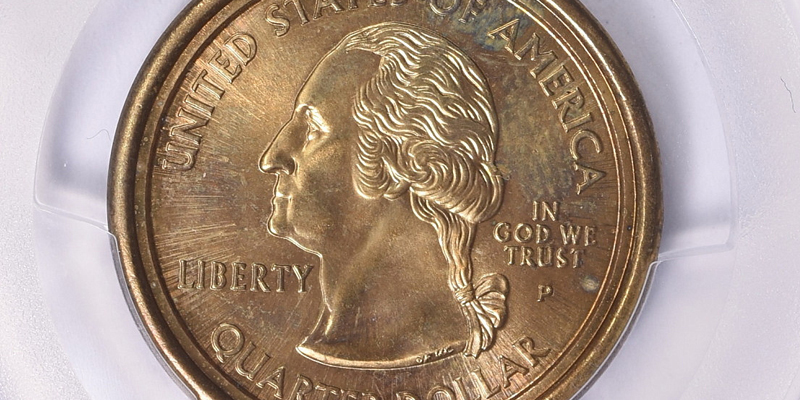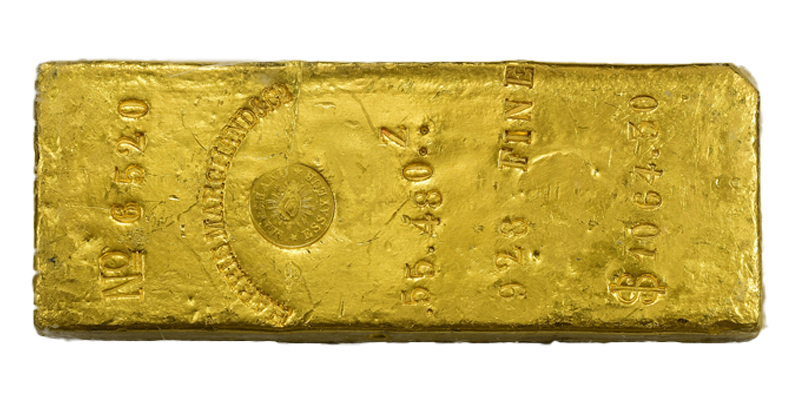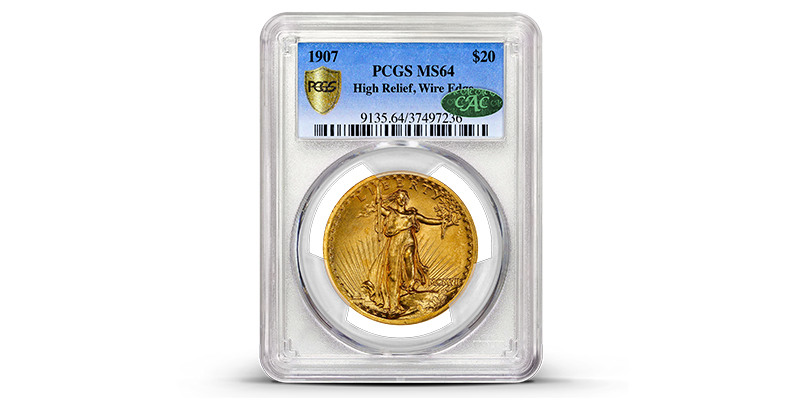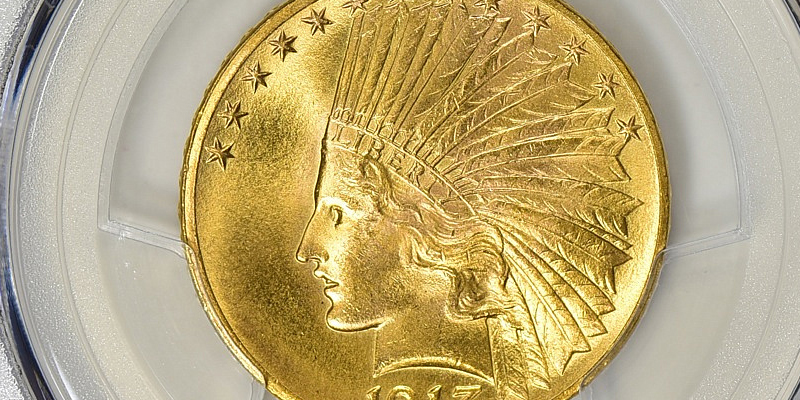The GreatCollections Coin and Paper Money Glossary
This is a popular resource that explains hundreds of coin related terms, as well as terms relating to our coin auctions. Of course, if you have questions about anything, please do not hesitate to contact us.
Select a letter below to view the GreatCollections Glossary, or use the search box to the right.
Acronym
Adjustment Marks
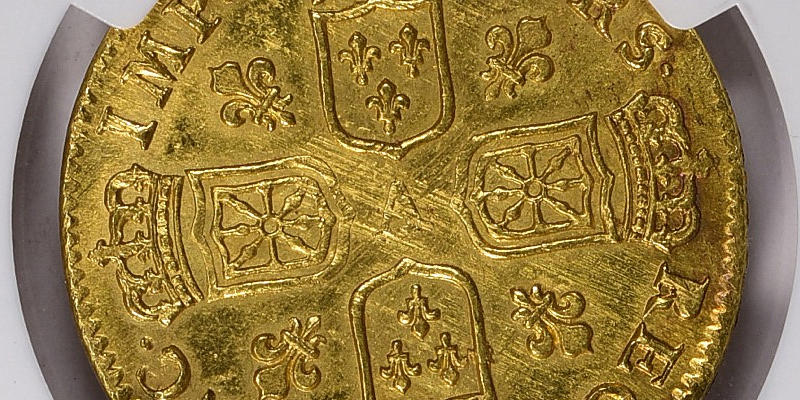
Album Page
Alloy Coin
Alloy Testing
Altered Surface
American Numismatic Association (ANA)
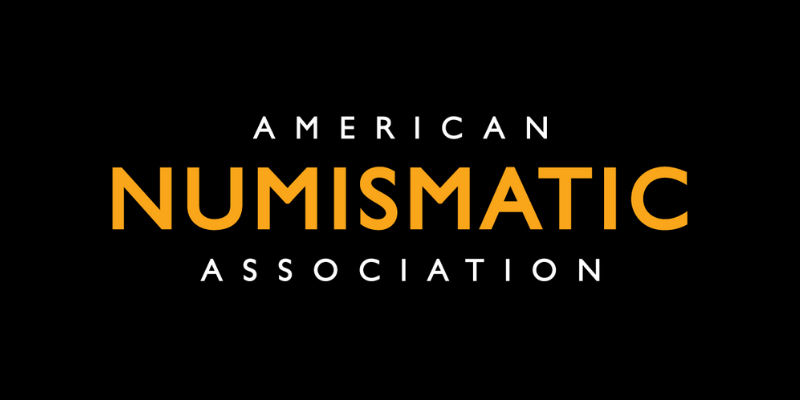
ANACS
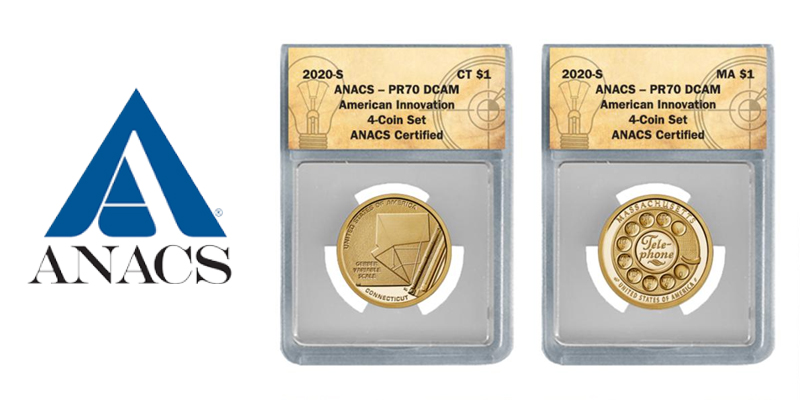
ANACS (American Numismatic Association Certification Service), is considered one of the oldest coin grading entity in the United States. They authenticate and evaluate coins for quality, sealing them with a certified grade in tamper-evident holders. ANACS began grading coins in March of 1979, although the company was founded in 1972 as the American Numismatic Association's authentication service. ANACS coins can only be listed at GreatCollections with a $1 minimum bid (ie. unreserved).
Ancient Coin
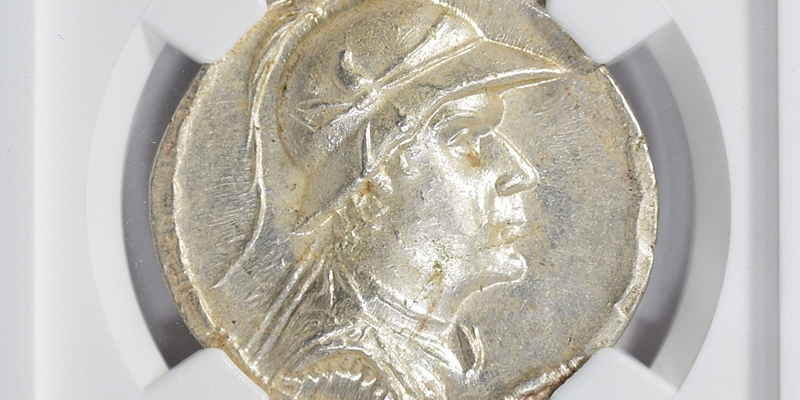
Ancient Greek Coin
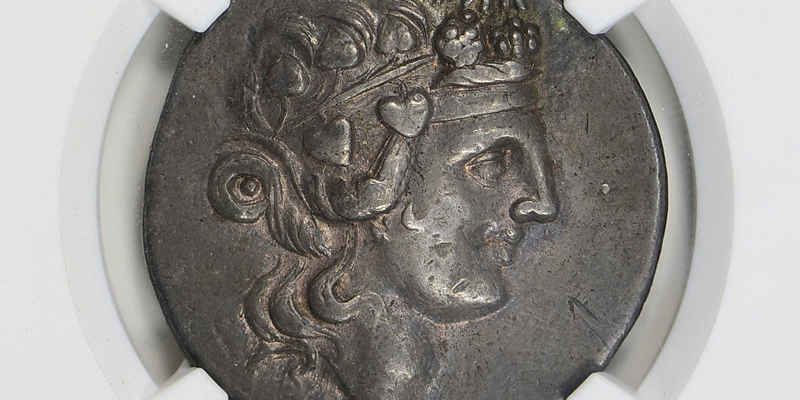
Ancient Roman Coin

Antiquities Act
Art Medal
Artificial Toning (Questionable Color)

As Struck
Attributed
Auction House

Authentication
Authenticity Guarantee
Aztec Currency
Bag Mark
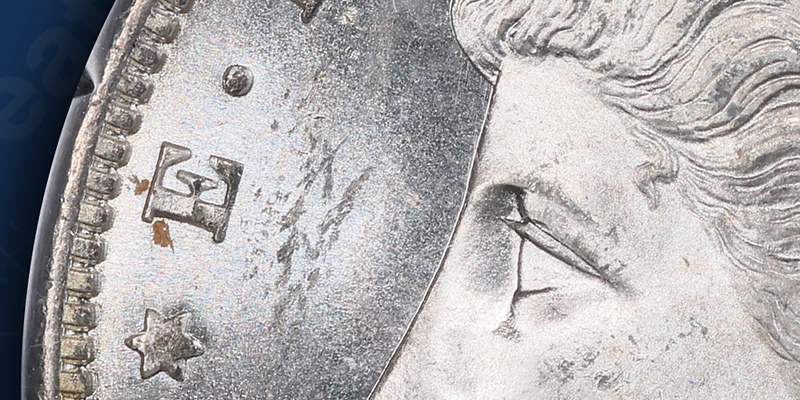
Bag of Coins
Banknote

Paper currency issued by a central bank or government authority for use as legal tender in a particular country or region.
Banknote Grading
Banknote Society
Barber Coinage
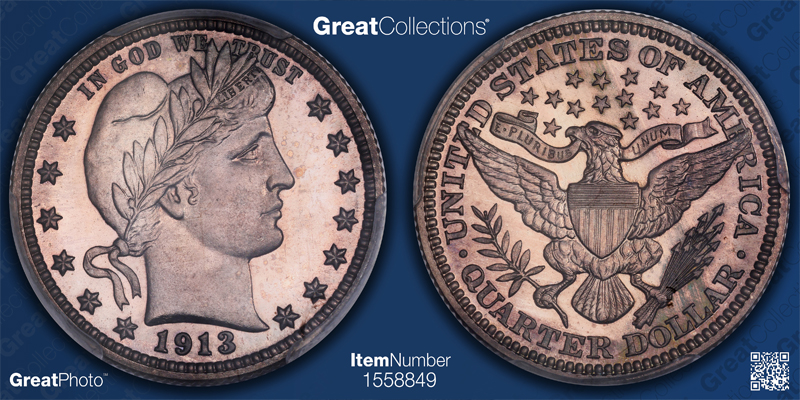
Barber Half Dollar
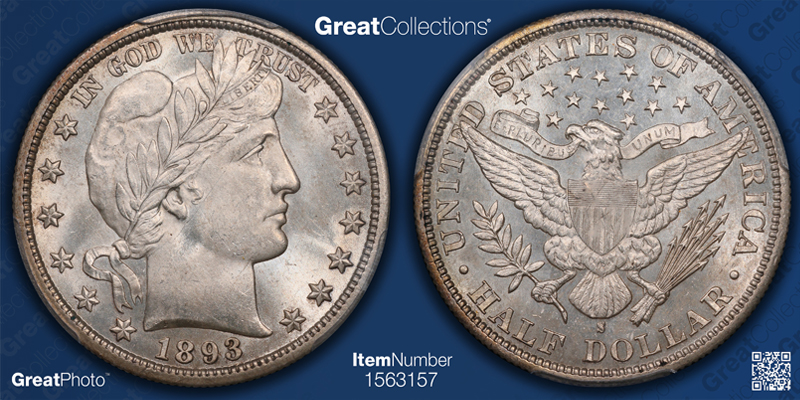
Barter Token
Base Metal
Bezel
Bi-metallic Coin
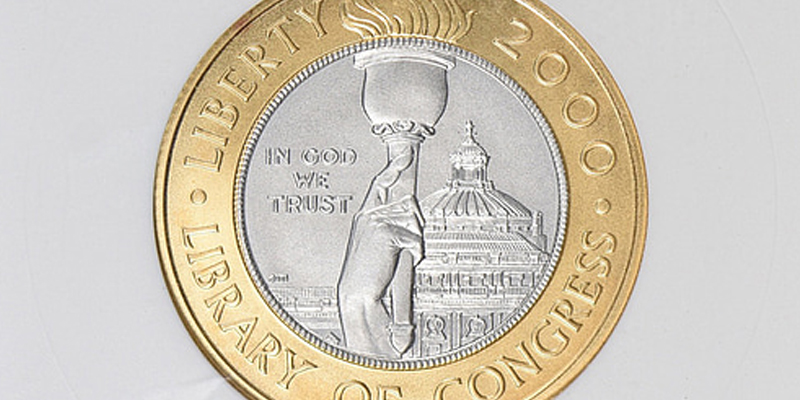
Blank Planchet
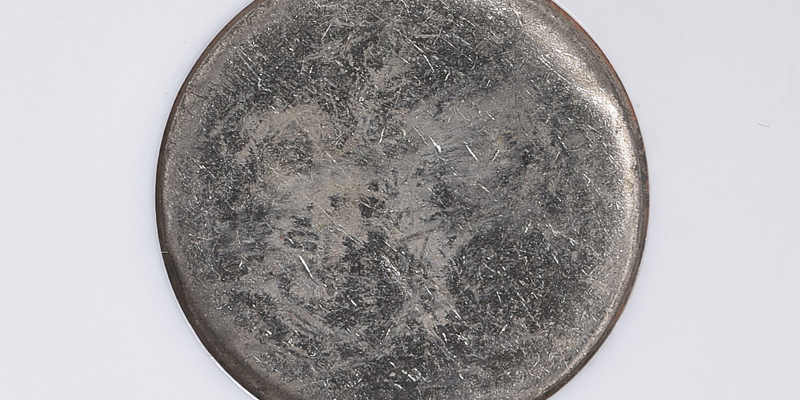
Bourse
Bourse Floor

Bracteate
Branch Mint (BM)
Brilliant Uncirculated (BU)
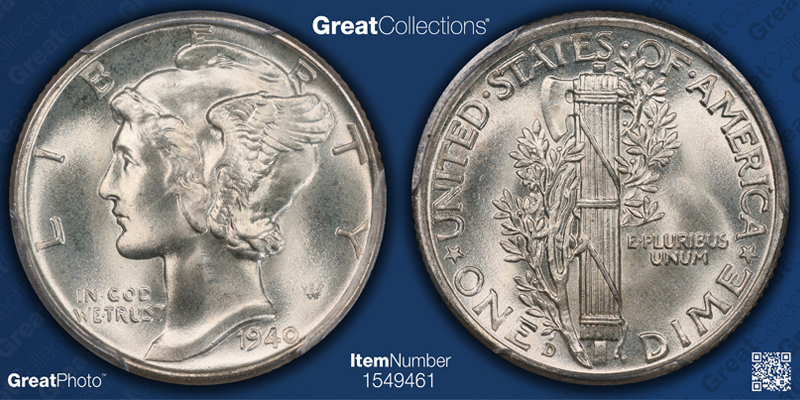
Bronze Coin
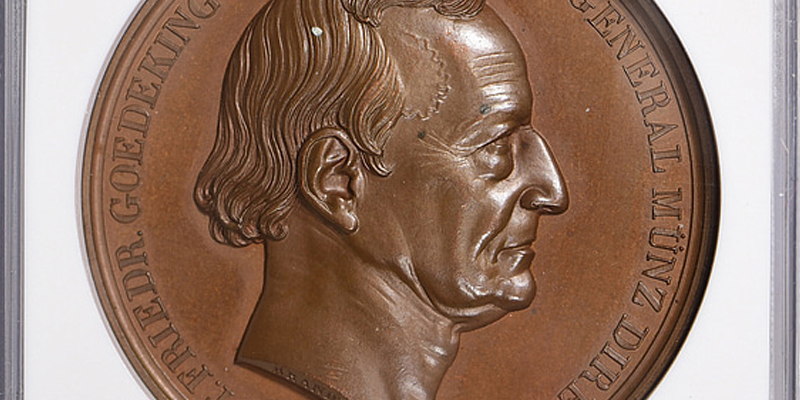
Bullion Coin
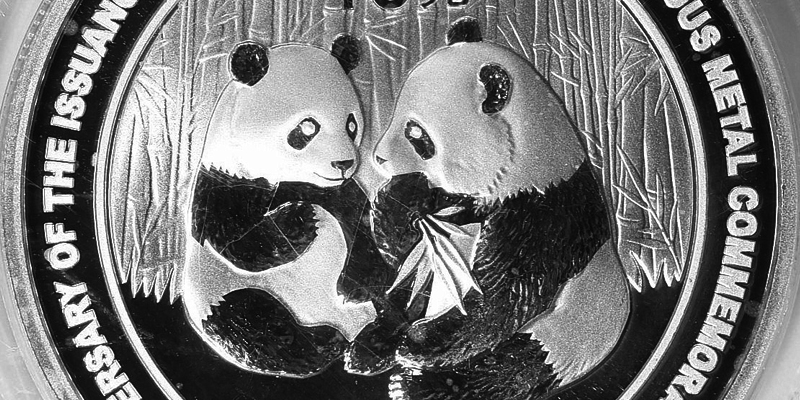
Bullion Dealer
Bullion Market
Bullion Reserve
Business Strike
Bust Dollar
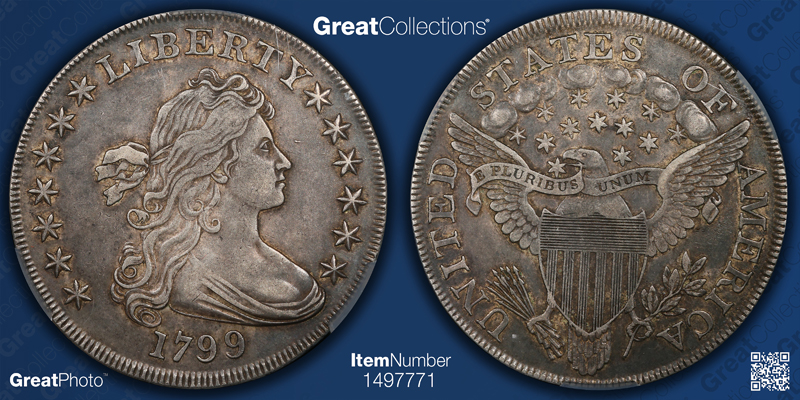
Byzantine Coin
CAC (Stickering Service)
CACG (CAC Grading)
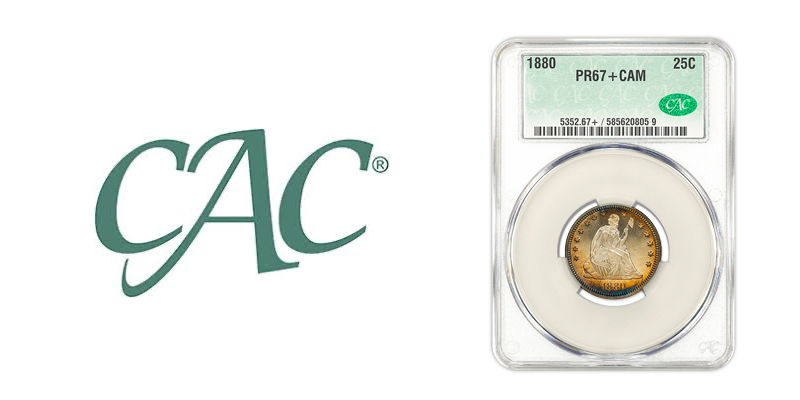
CAC Grading, launched in 2022 by the Certified Acceptance Corporation (CAC), applies rigorous standards to coin grading, aiming to enhance market confidence by distinguishing coins of superior quality within their grade.
Cameo
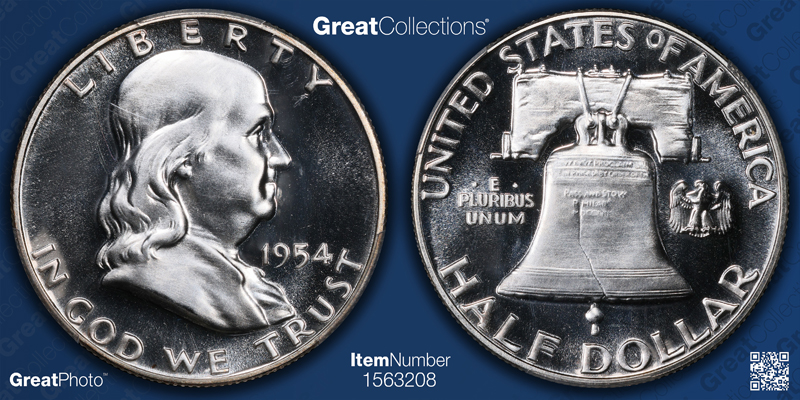
Capped Bust Coinage
Carson City Mint
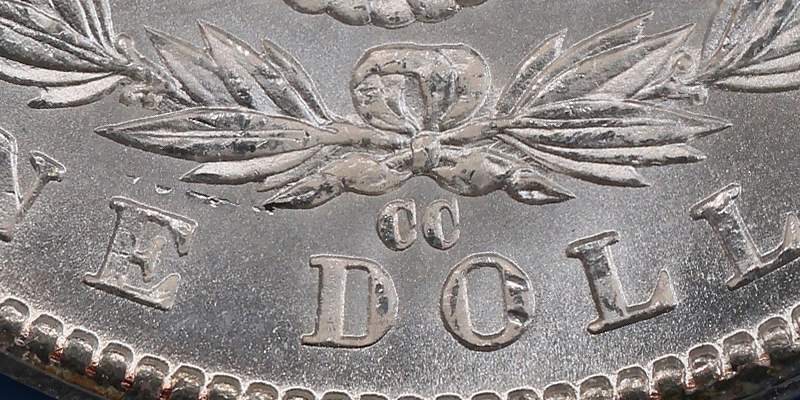
Central States
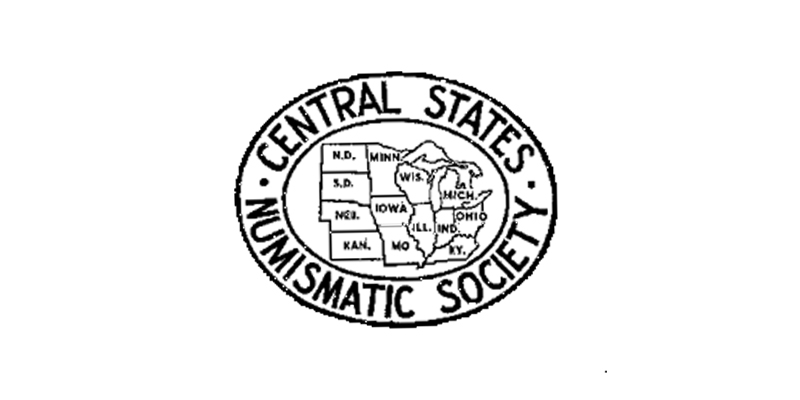
Certified Coin

Cleaned
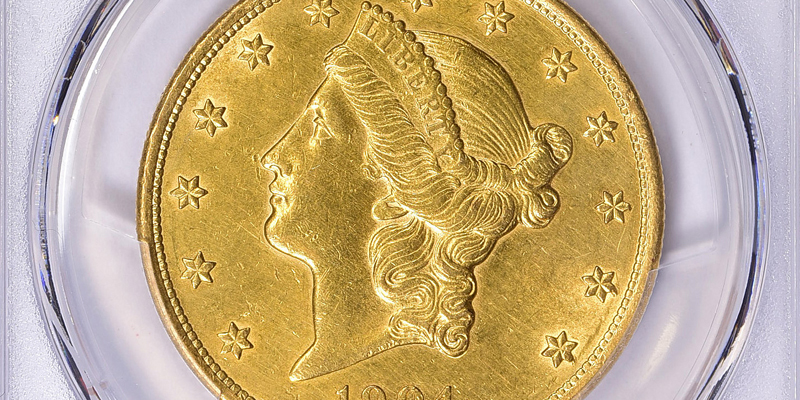
Coin Auction

Coin Cabinet
Coin Exchange
Coin Flip
Coin Inventory
Coin Jewelry

Coin Photography
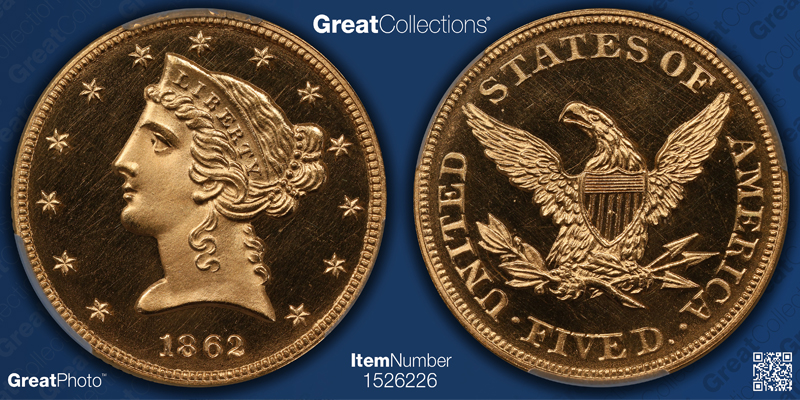
Coin Roll Hunting
Coin Show
Coin Slab
Coin Vault
Coin Wrapper
Coin Yearbook
Coin Ziplock
Coinage Act
Coinage Metal
Commemorative Coin
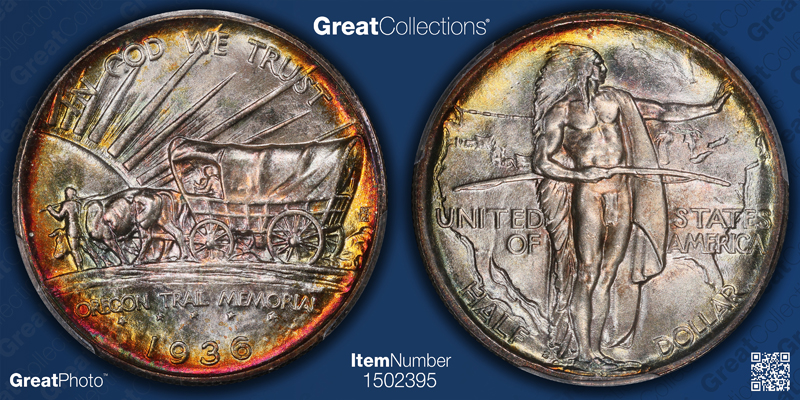
Commemorative Token
Copper Coin
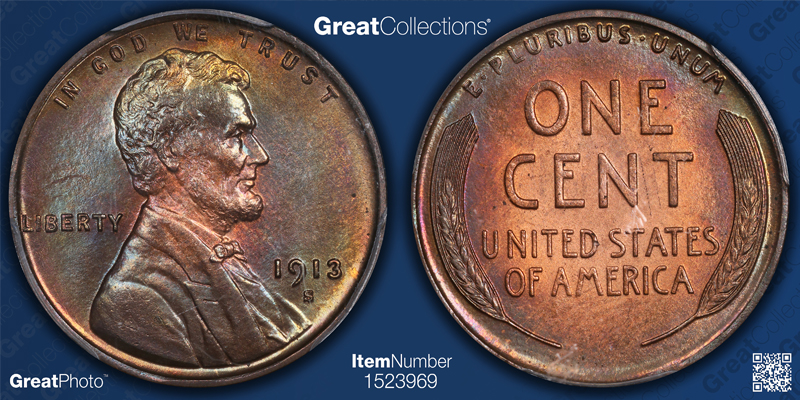
Copper Nickel
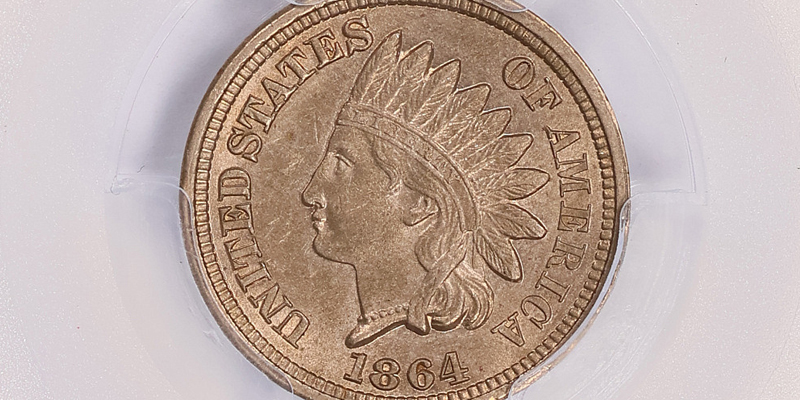
Counterfeit
Counterstamp
Dansco Album
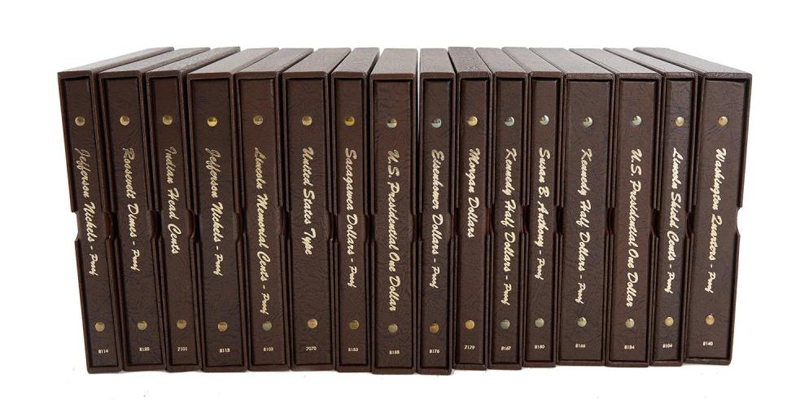
Die
Die Adjustment
Die Alignment
Die Chip
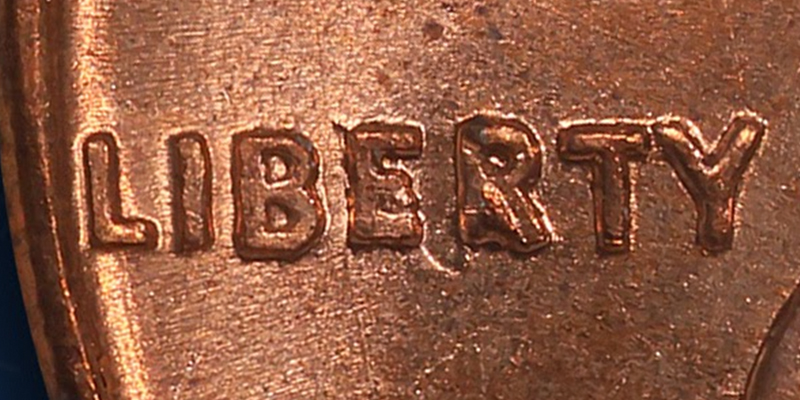
Die Clash
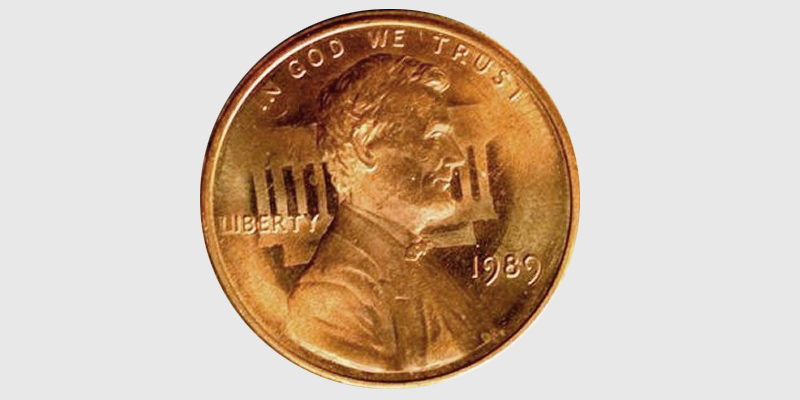
Die Crack (Die Break)
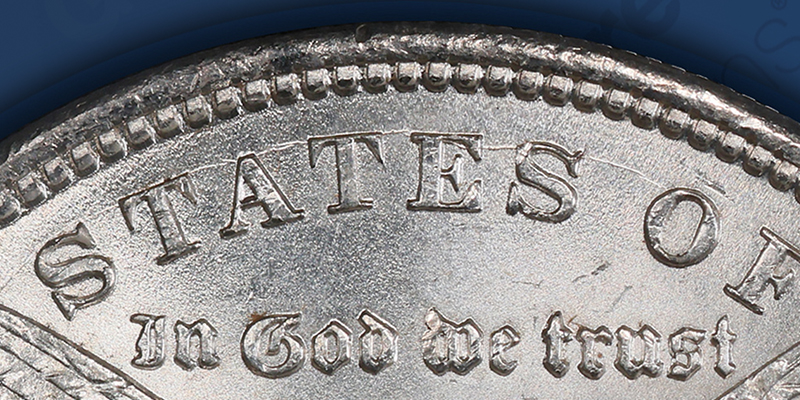
Die Erosion
Die Mark
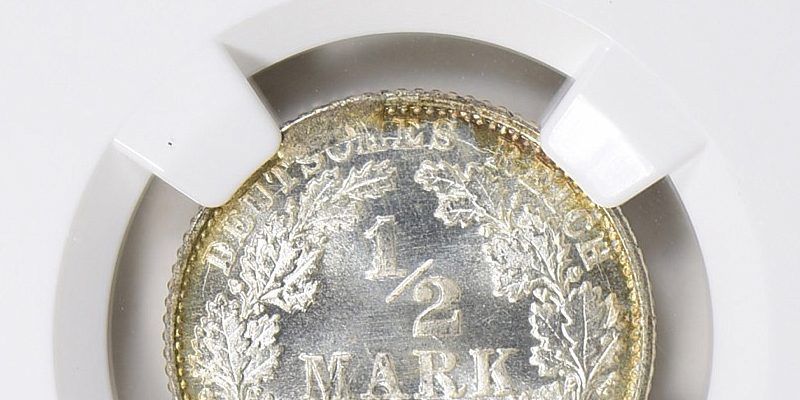
Die Pair
Die Rotation
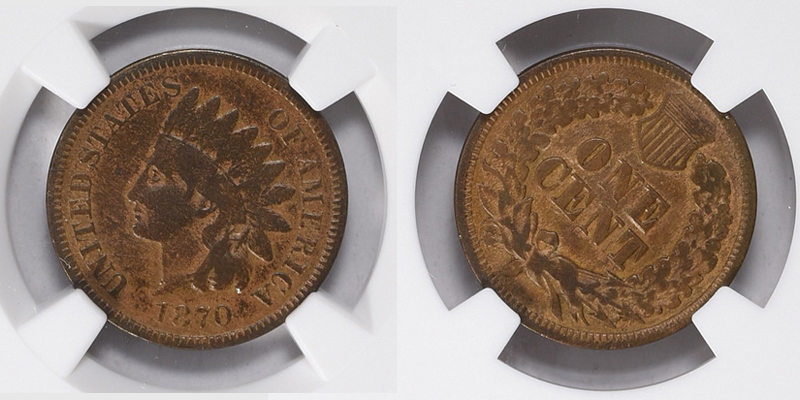
Die Rust
Die State
Die Subsidence
Die Trial
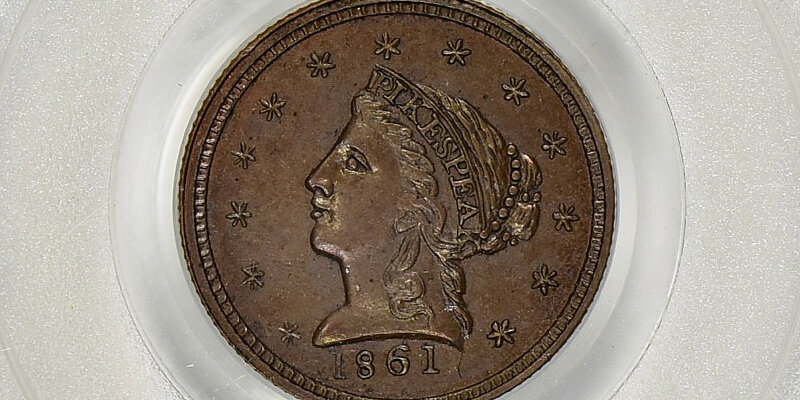
Die Variety
Die Wear
Dipping (Dip)
Disme

Double Denomination
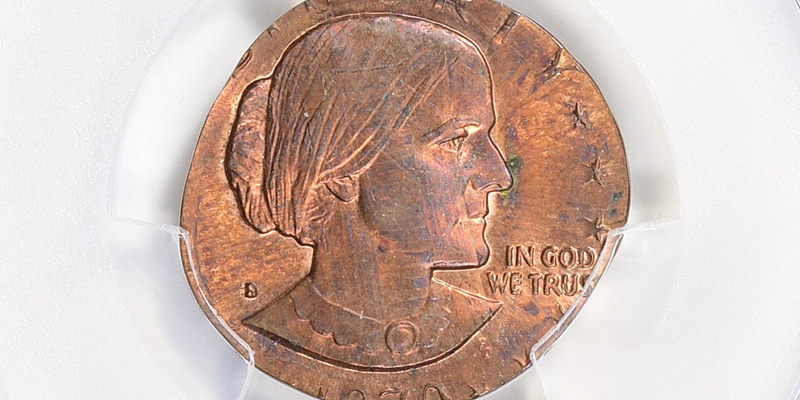
Double Die
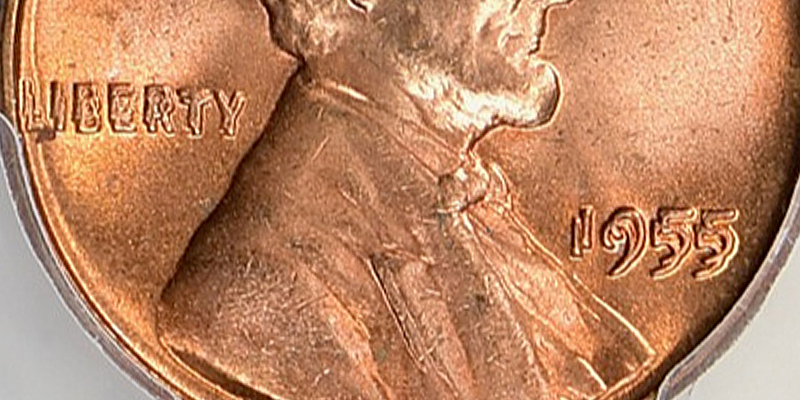
Double Struck

Dull (Lack-Luster)
eBay
Edge
Edge Lettering
Eisenhower Dollar
Electrum Coin
Encapsulated Coin
Encased Coin
Environmental Damage
Exergue
Face Value
Fine
First Spouse Gold Coin

Flip
Flying Eagle Cent
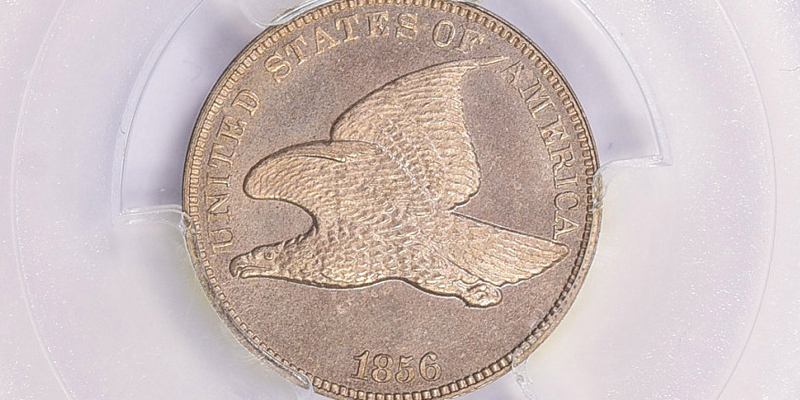
Foreign Coin
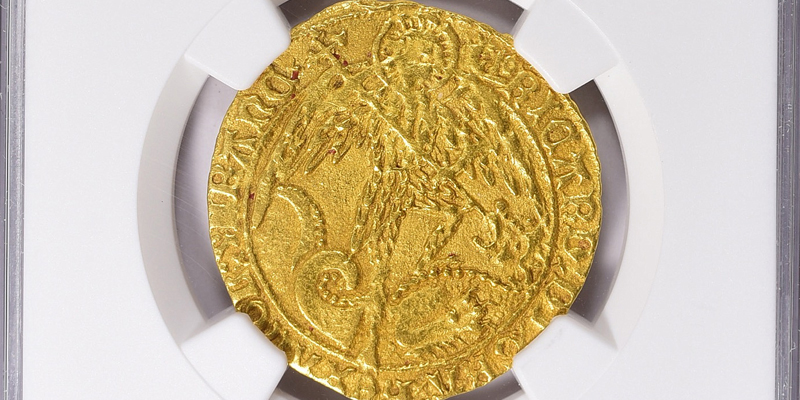
Fractional Currency
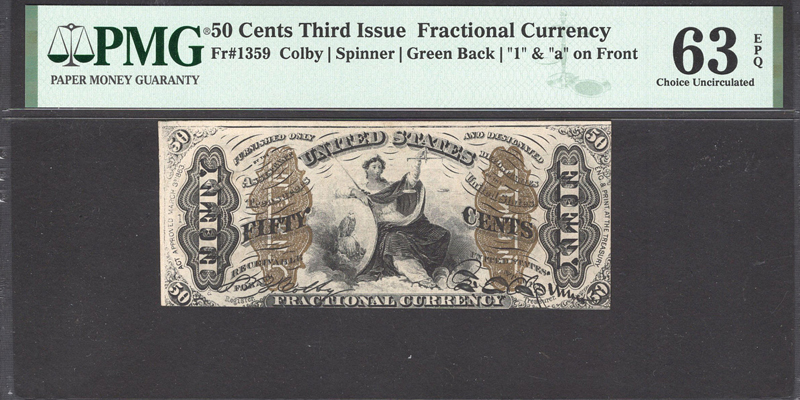
Franklin Half Dollar
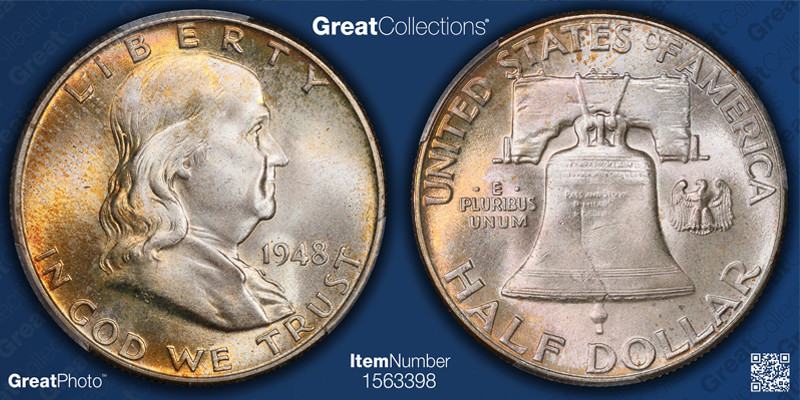
FS Numbers (i.e. FS-803)
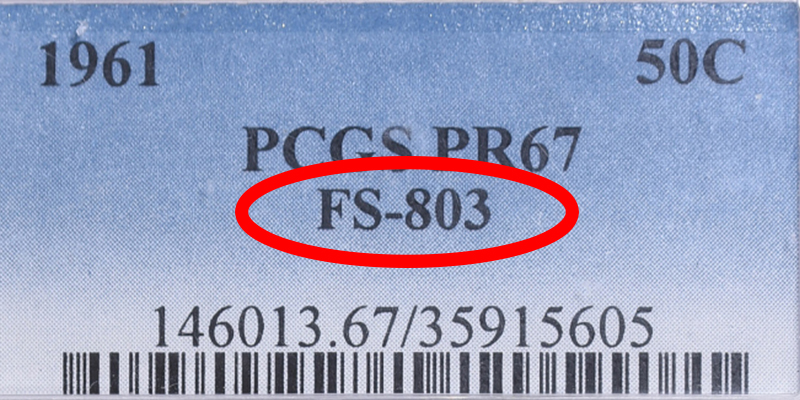
Fugio Cent
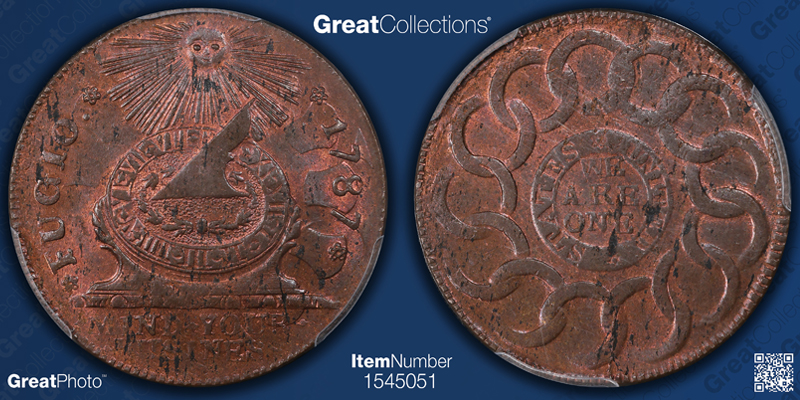
Full Bands (Full Split Bands) (FB)
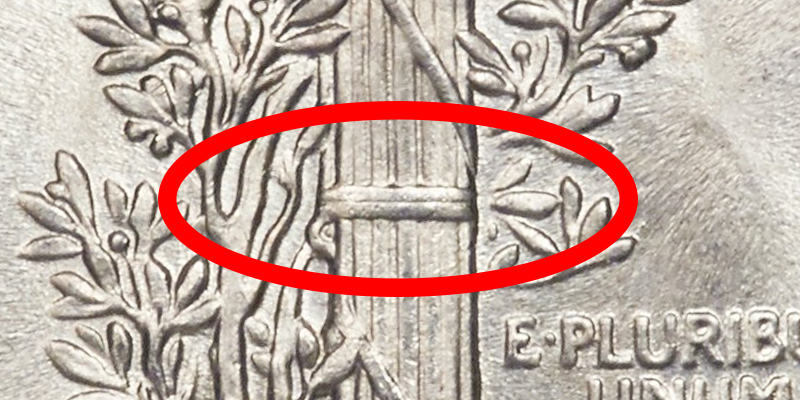
Full Bell Lines (FL/FBL)
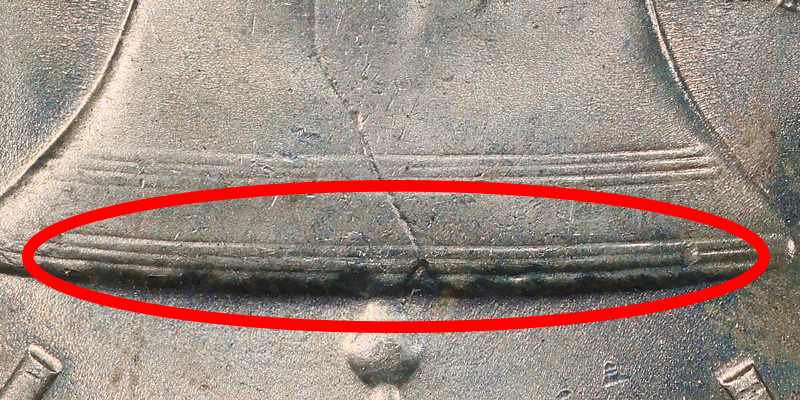
Full-Steps (FS)
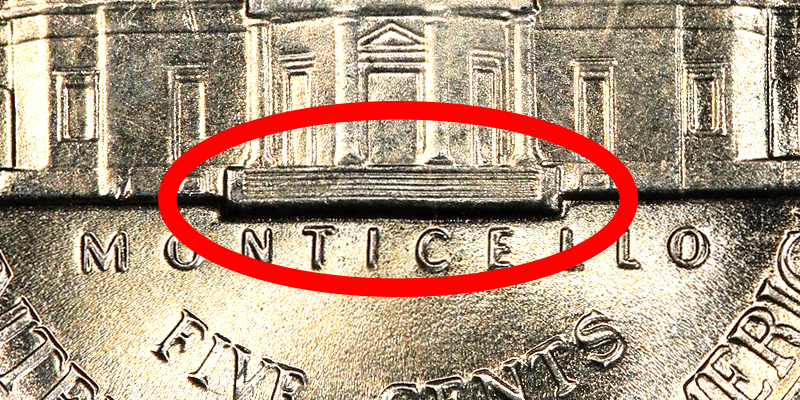
FUN Show
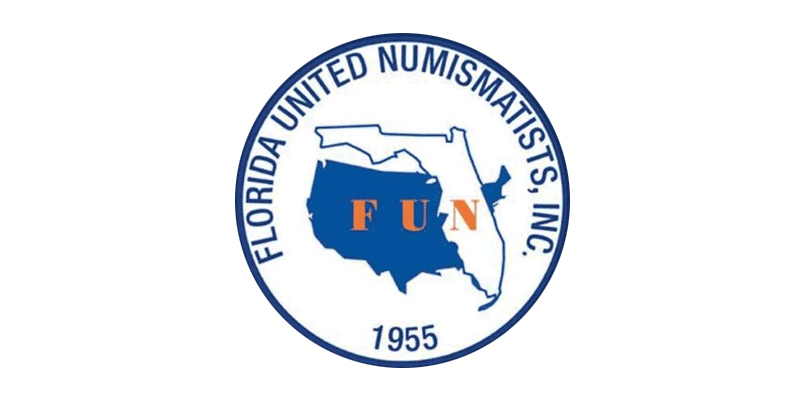
Gobrecht Dollar
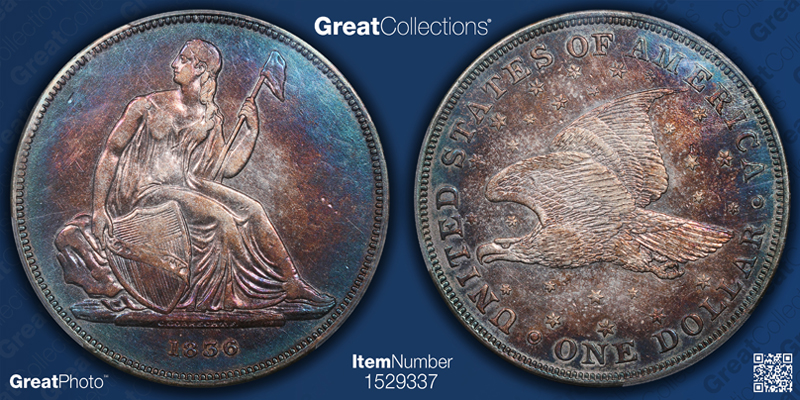
Gold Buffalo
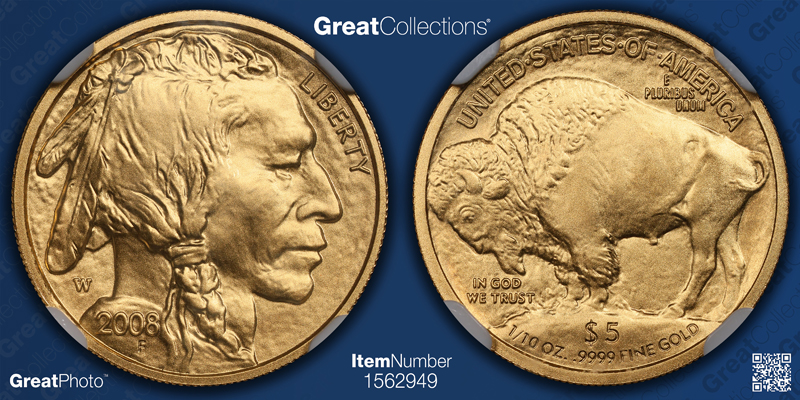
Gold Certificate
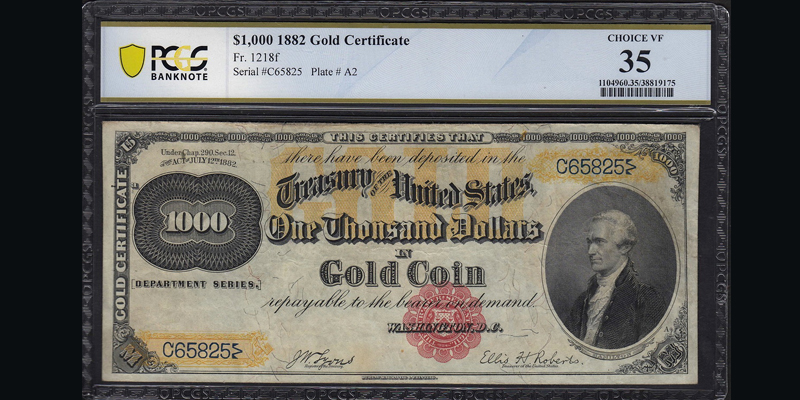
Gold Coinage Act
Gold Dollar
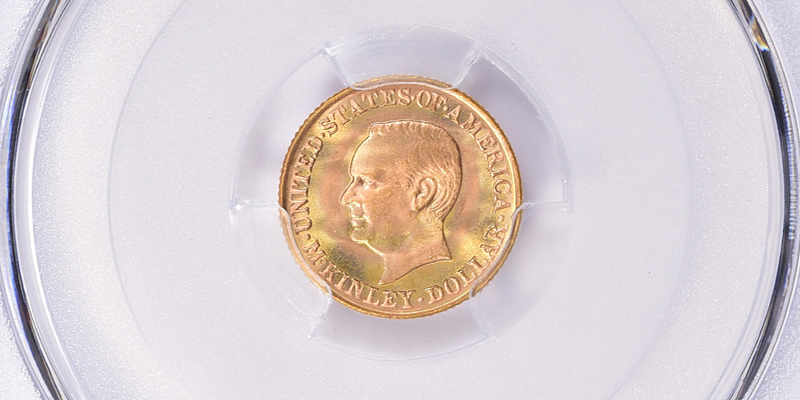
Gold Eagle
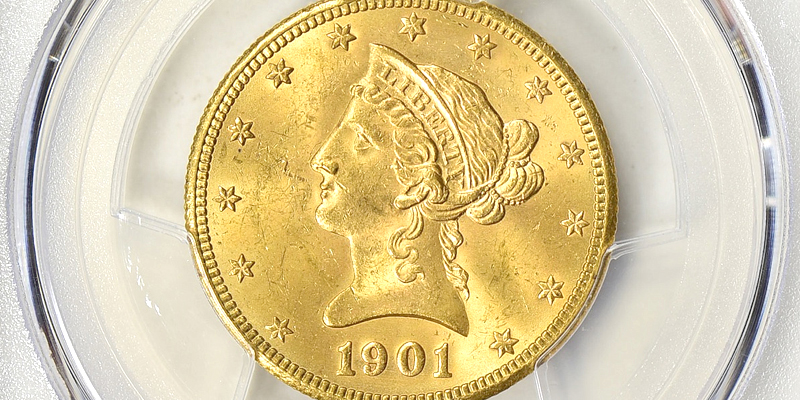
Gold Fractional
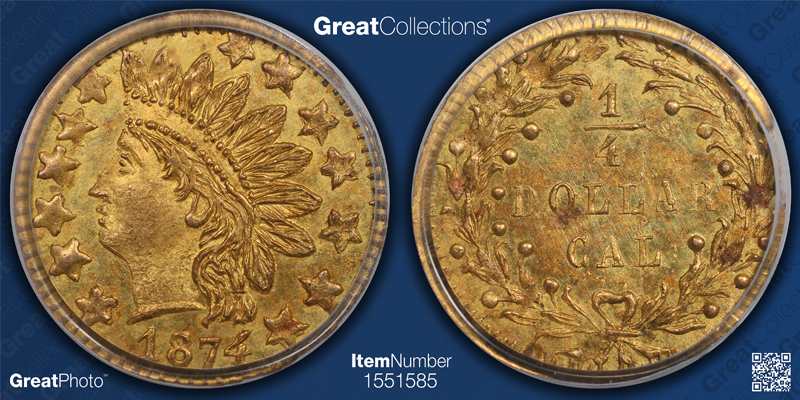
Gold Half Eagle
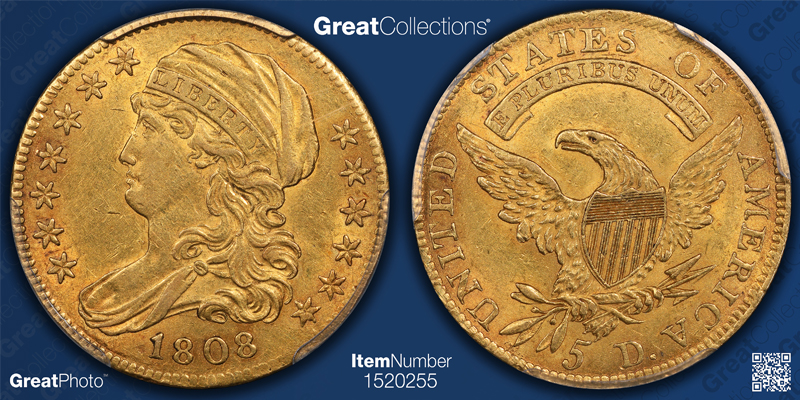
Gold Indian Head
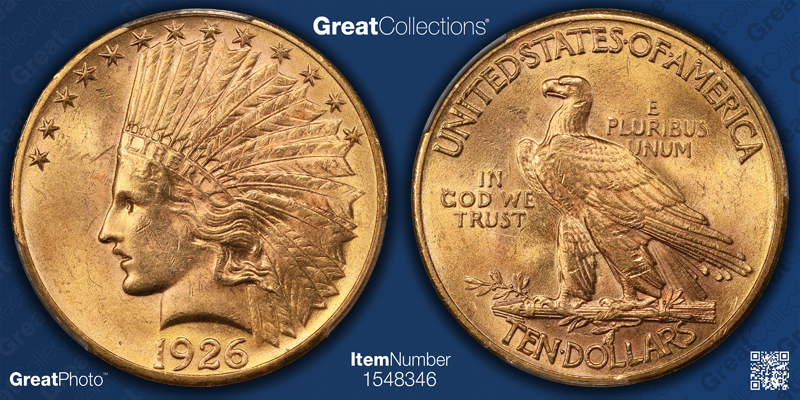
Gold Krugerrand
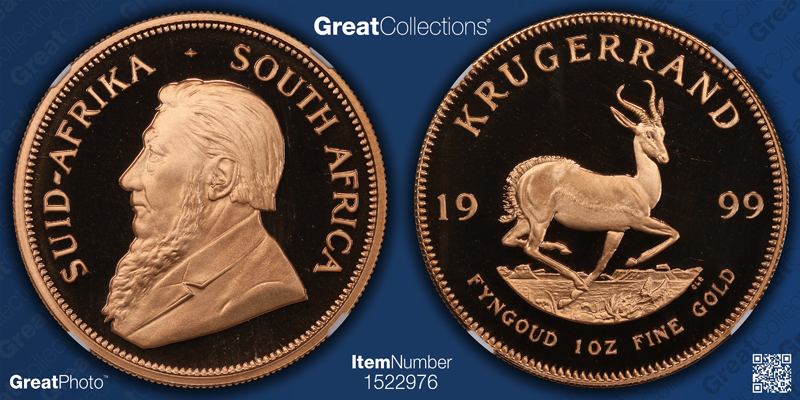
Gold Maple Leaf
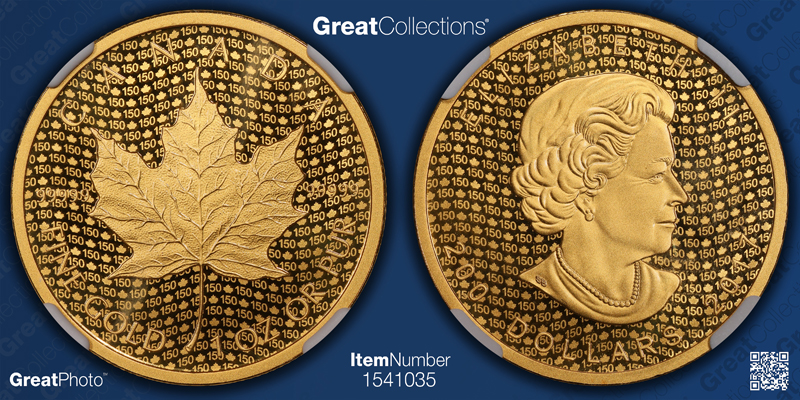
Gold Nugget
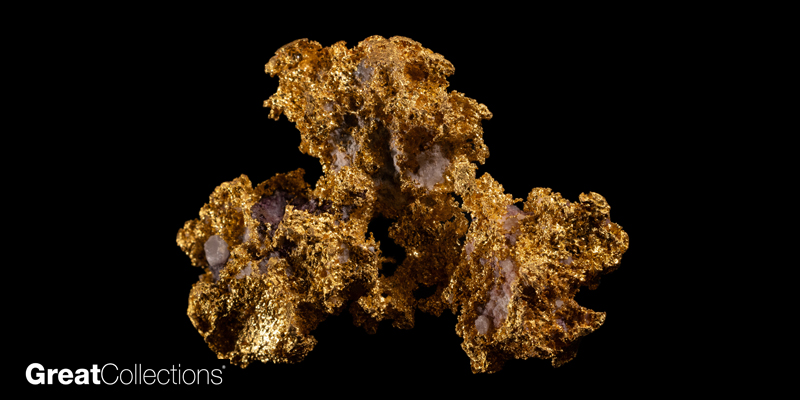
Gold Panda
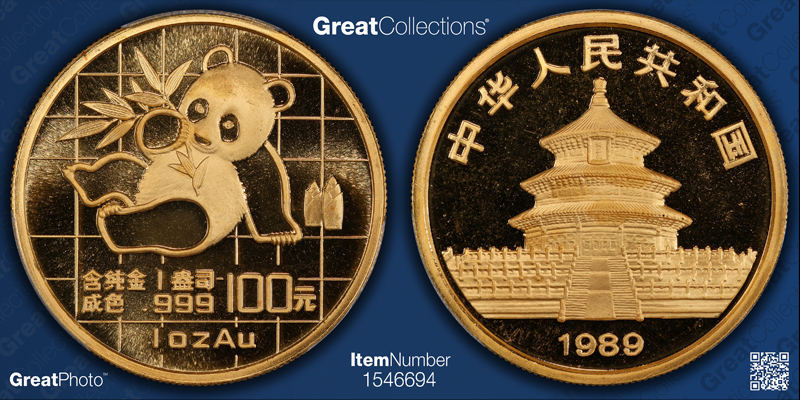
Gold Quarter Eagle
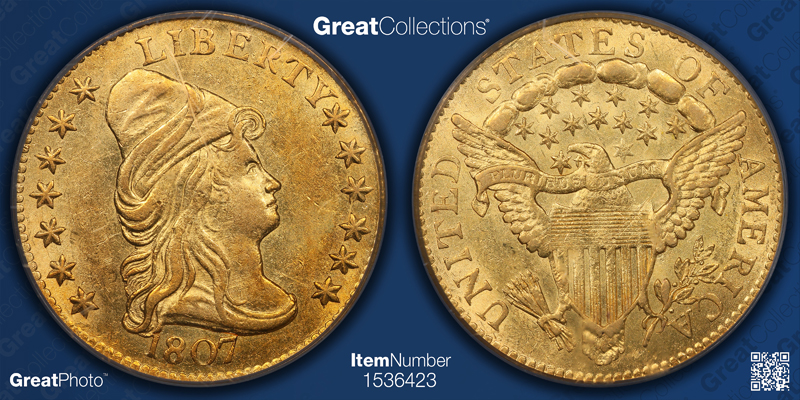
Gold Reserve
Gold Sovereign
Gold Standard
Gold Trade Unit (GTU)
Grading (Coin Grading)
Grading Service
Graffiti
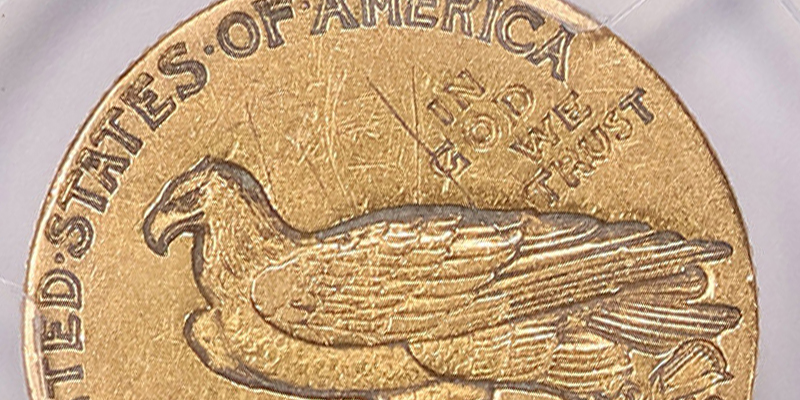
GreatPhoto

GreatPhoto is the GreatCollections professional photography service for coins, providing high-resolution images that highlight luster, color, and detail for auctions. GreatPhoto images are taken by world renowned Numismatic Photographer Phil Arnold.
Hairlines
Half Dime
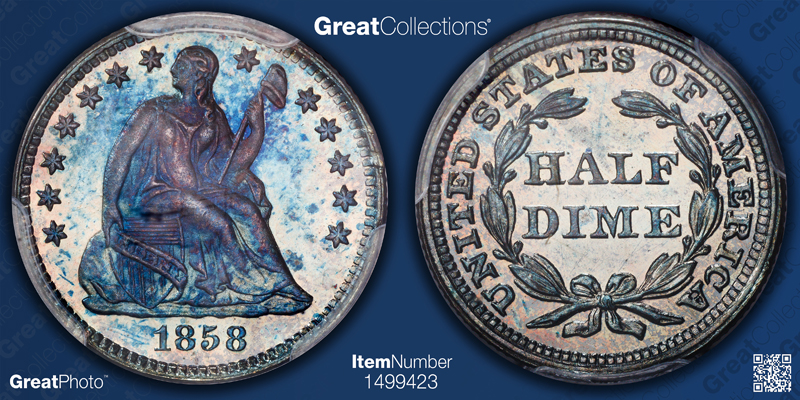
Half Dollar
Hammered Coin
Heraldic Eagle
High Relief
High Relief And Ultra High Relief
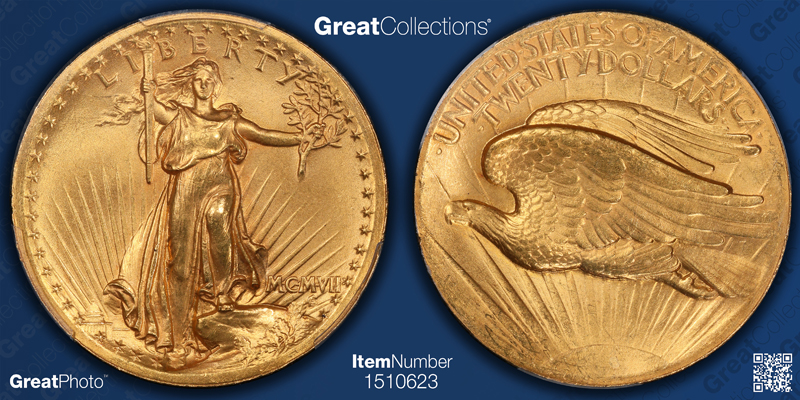
Hoard
Hobo Nickel
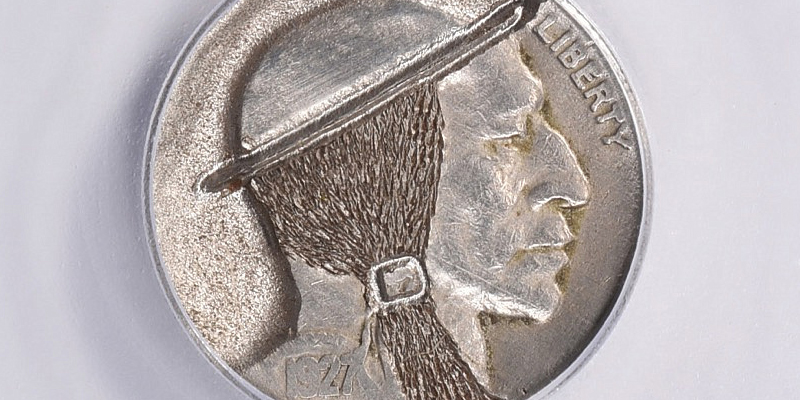
ICG
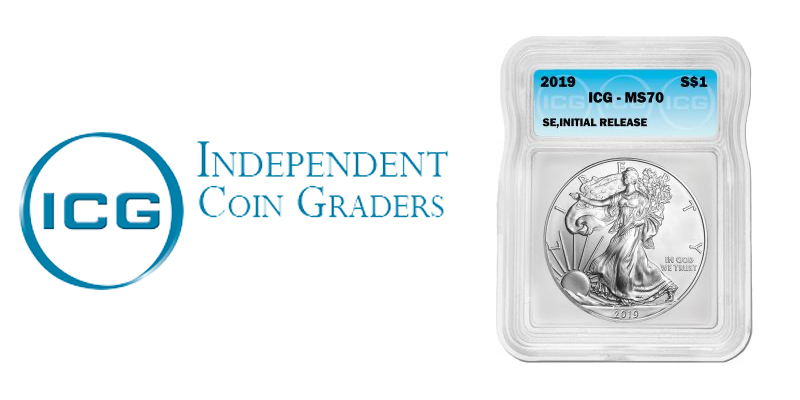
ICG (Independent Coin Graders) is a third-party grading service established in 1998. They thoroughly assess coins for authenticity and quality. While ICG is respected by many collectors, it is less widely recognized than some older, more established grading services. ICG coins can only be listed at GreatCollections with a $1 minimum bid (ie. unreserved).
Incuse
Indian Head Cent
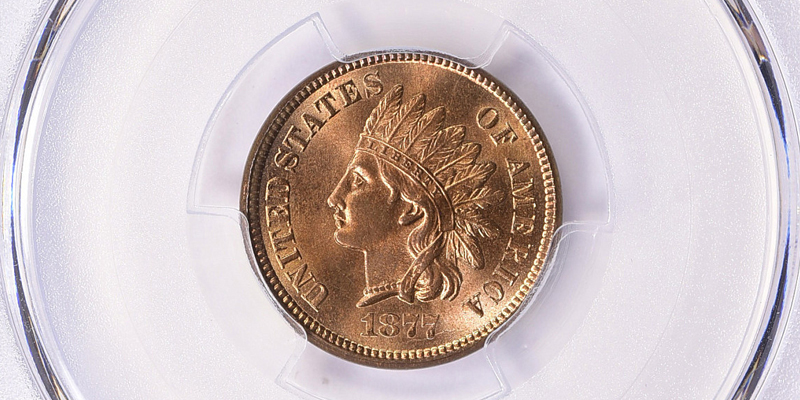
Inflation
Ingot
Intrinsic Value
Investment Grade
Jefferson Nickel
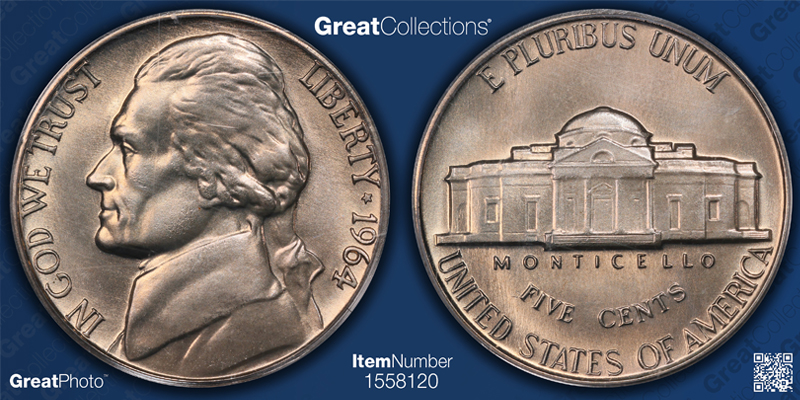
Judd Pattern
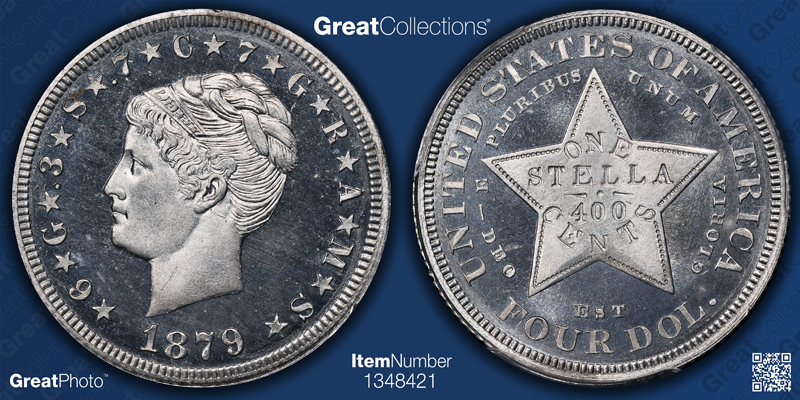
Junk Coin
Junk Silver
Kennedy Half Dollar
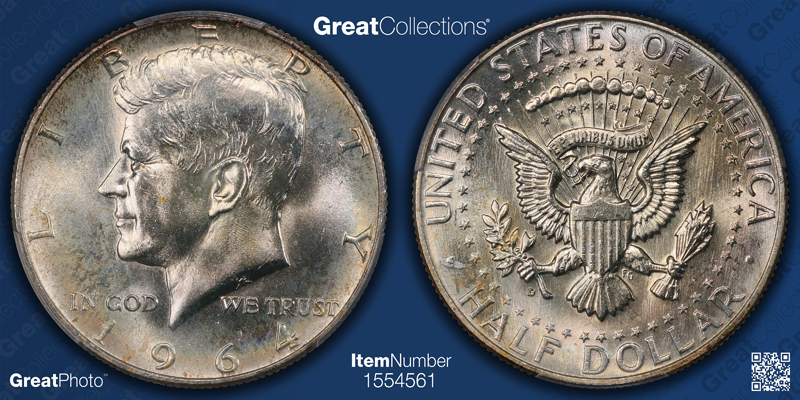
Key Date
Kookaburra
Krause Catalog
Large Cent
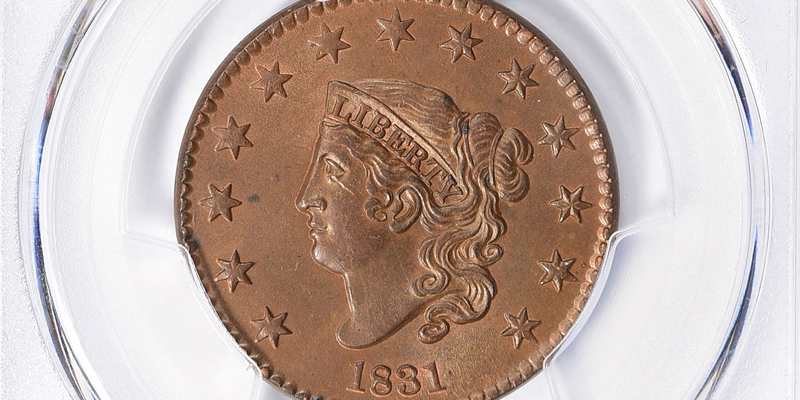
Legal Tender
Liberty Head
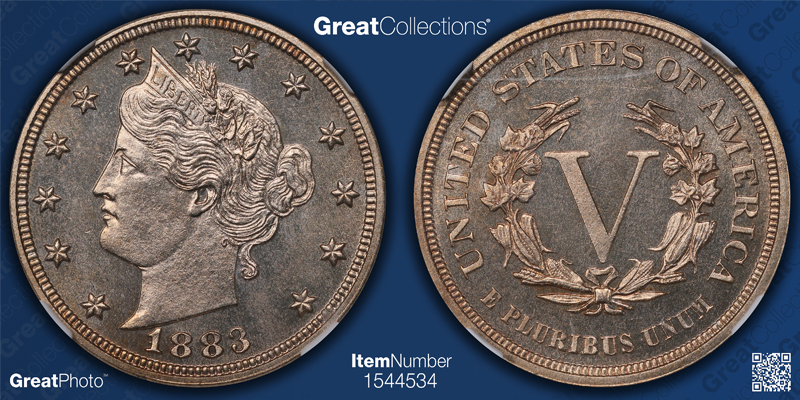
Liberty Seated
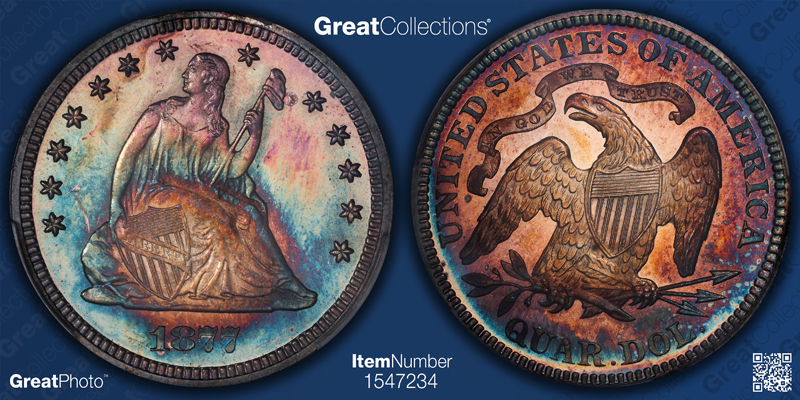
Lincoln Cent
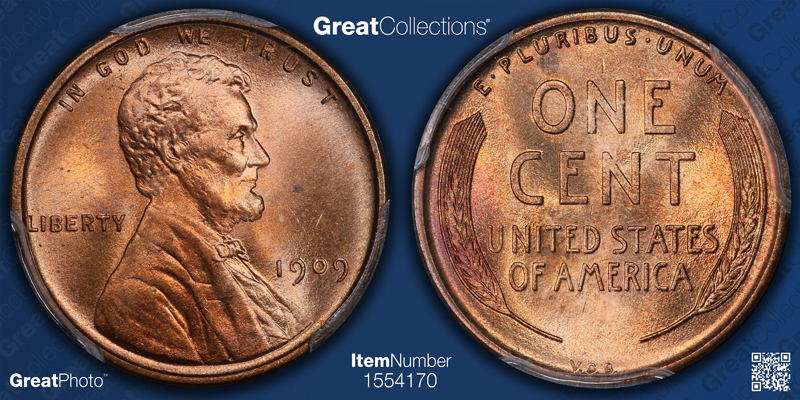
Long Beach Coin Expo
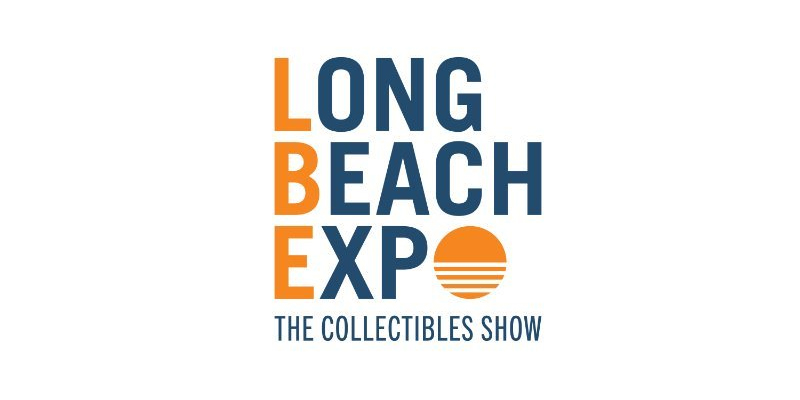
Mercury Dime
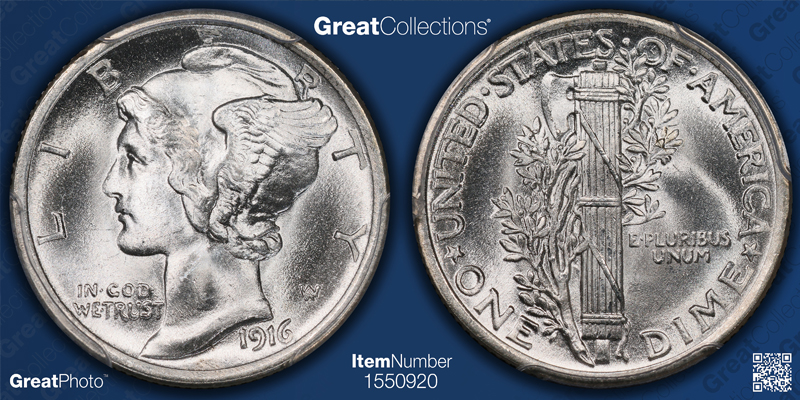
Mint Bag
Mint Condition
Mint Error (Error Coins)
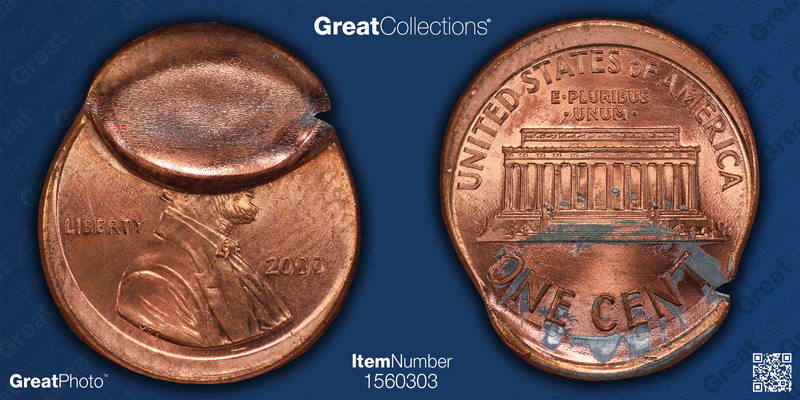
Mint State (MS)
Morgan Dollar
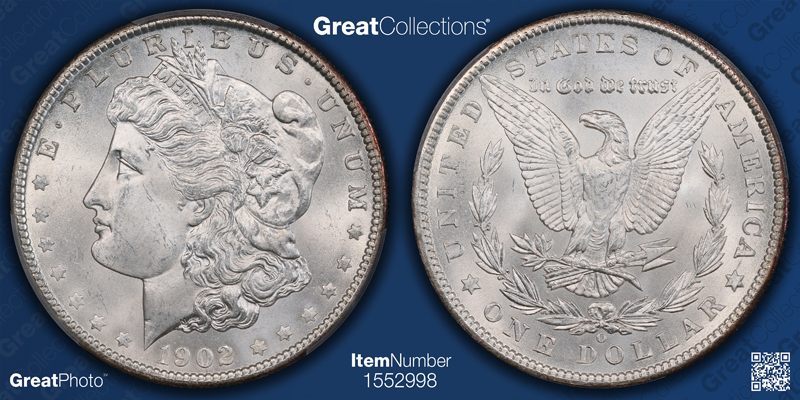
Mount Removed (Ex-Jewelry)
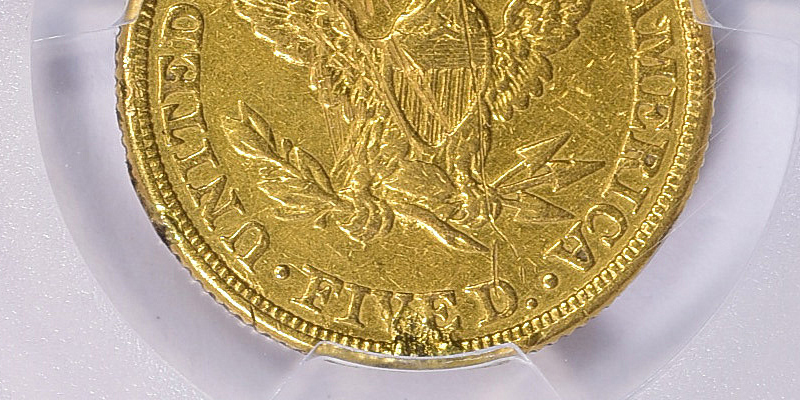
MyCollect
NGC
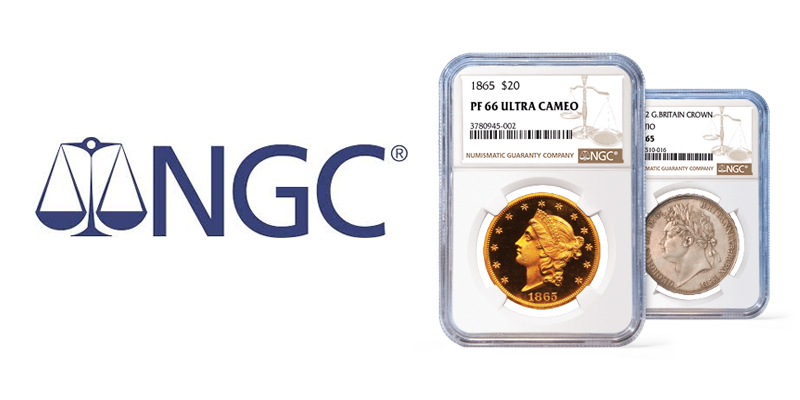
Numismatic Guaranty Corporation, one of the leading third-party coin grading services, providing authentication, grading, and encapsulation services.
Nickel
Numismatic
Obverse
Original CACG Details Label

An earlier label of CACG that notes their Registry Set score for a details-graded coin. CACG discontinued printing the Registry Set score after a few weeks, although the score will still display on the CACG website for all details-graded coins.
Ounce
PCGS (Professional Coin Grading Service)

Professional Coin Grading Service (PCGS), one of the leading third-party coin grading services founded by David Hall, providing authentication, grading, and encapsulation services. They are based close to GreatCollections in Orange County, California.
Peace Dollar
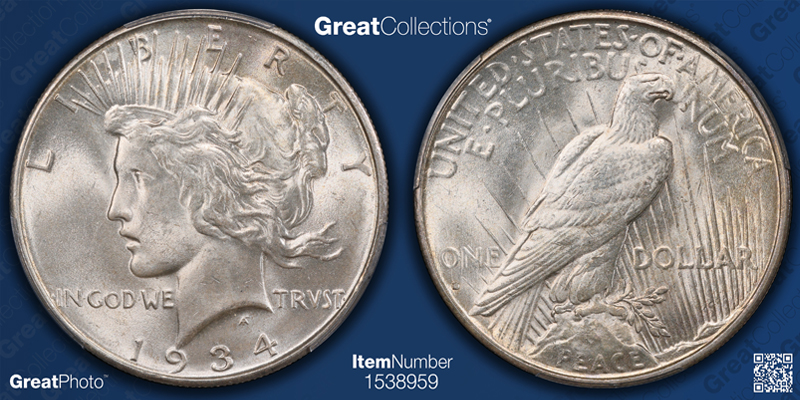
Penny
Planchet
PNG (Professional Numismatists Guild)

Position A vs B on Modern Dollar Coins
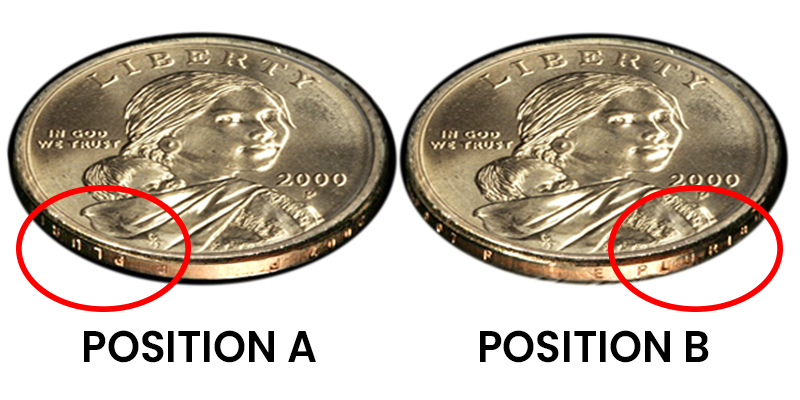
"Position A" describes a scenario in which, when the portrait side faces upward, the edge lettering appears upside down. Conversely, "Position B" denotes that, with the portrait side facing upward, the edge lettering reads in the proper orientation.
Prefix
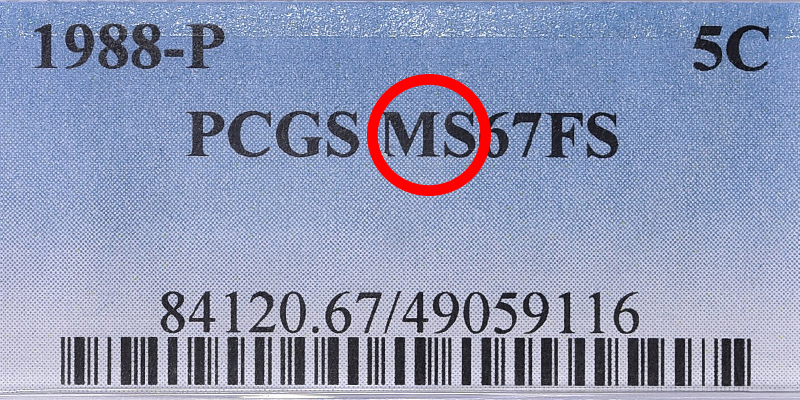
Proof (PR)

Proof Coin
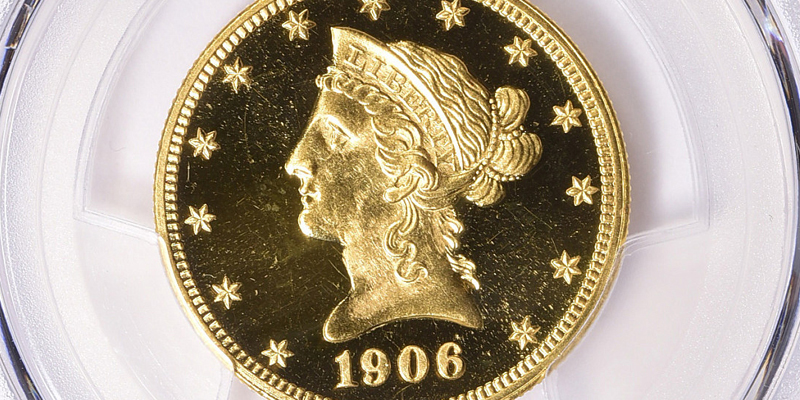
Purity
PVC Damage (Environmental Damage)
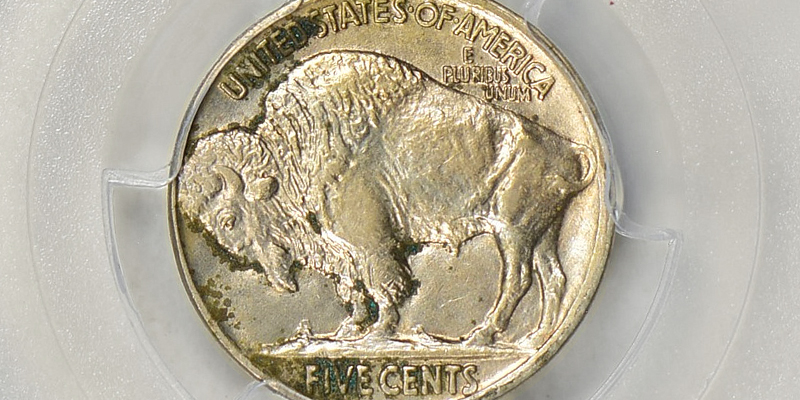
Quarter
Quarter Eagle
Queen's Beast
Red Book
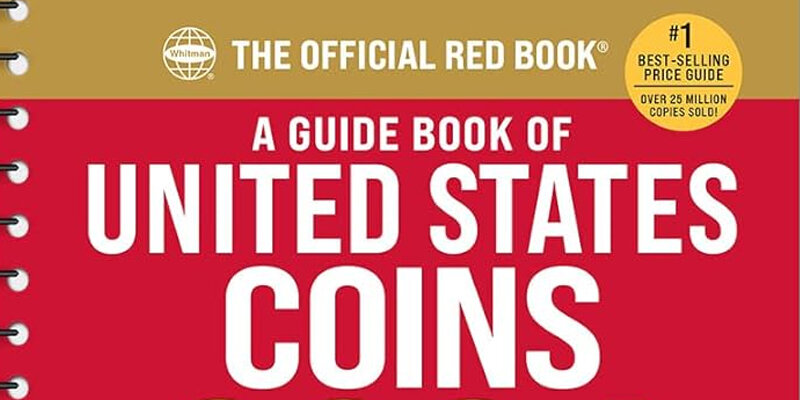
Registry Set
Repunched Date
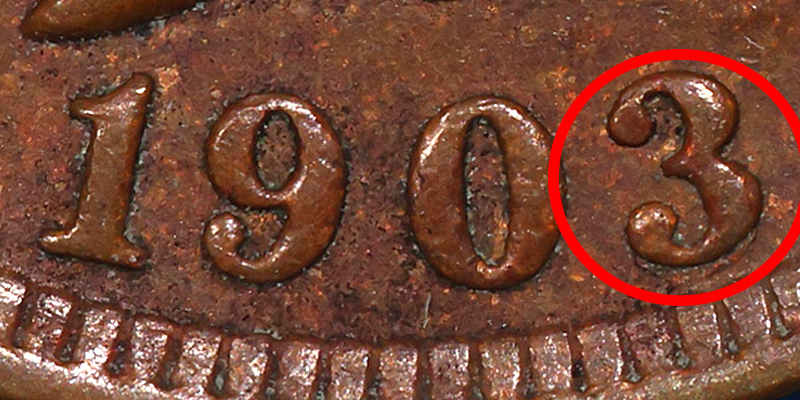
Repunched Mint (RPM)
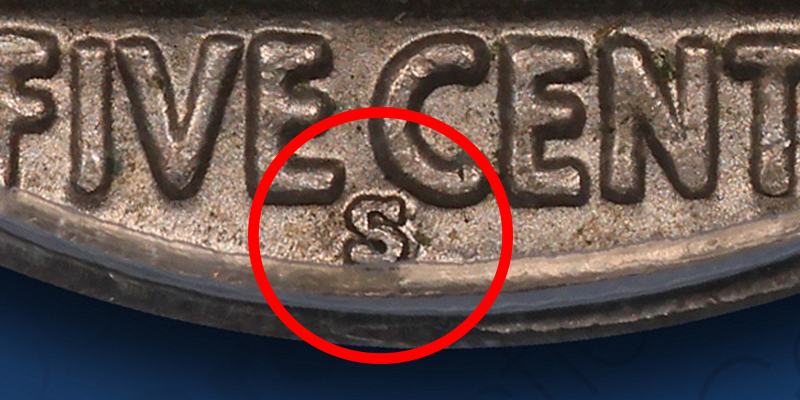
Restrike
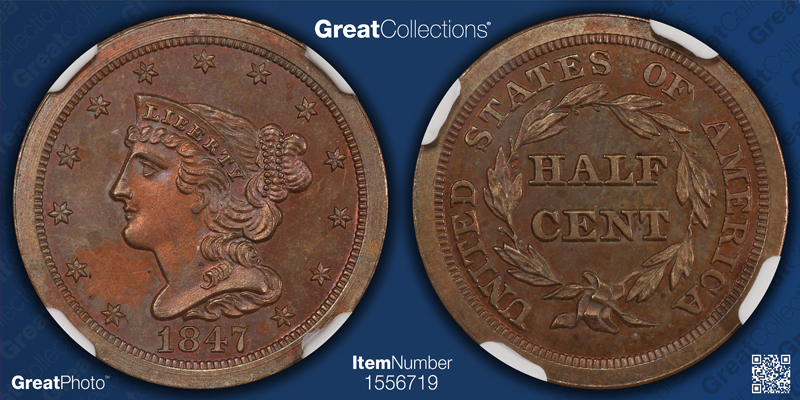
Reverse
Rim
Rim Damage
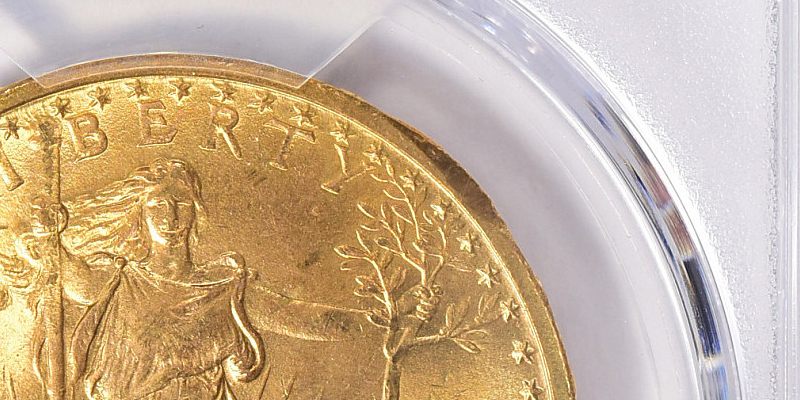
Saint-Gaudens

Scratch
Set
Sheldon Scale
Silver Coin
Silver Eagle
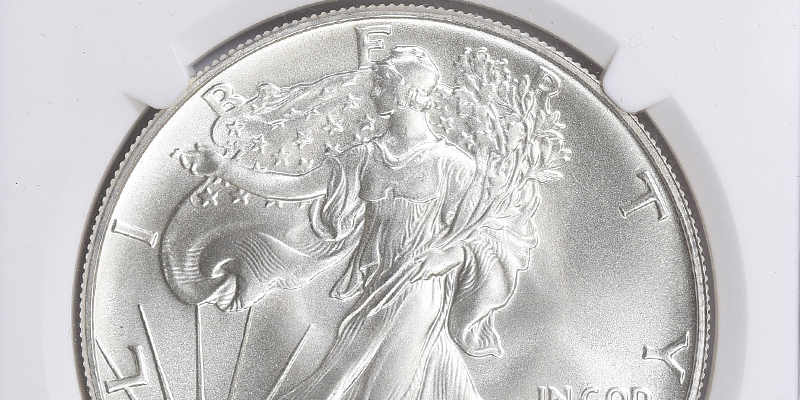
Slab
Slide Marks
Specimen (Graded as SP)
In classic coins, the grading services sometimes designate Specimen/SP for coins they consider struck for presentation purposes or those that have a special finish. Some Specimens sell for big premiums, especially those graded by PCGS/CAC. NGC has a lower threshold for classic coins they designate as Specimen, as may not command as much of a premium.
Stickers/Labels Recognized by GreatCollections
There are dozens of different kinds of stickers/labels applied to certified coins. At GreatCollections, we recognize the major stickering services, including CAC and Eagle Eye Photo Seal, as well as the variety attribution service VSS.
For coins consigned to us with stickers/labels that we do not recognize, the stickers/labels will be removed prior to listing in auction.
Suffix
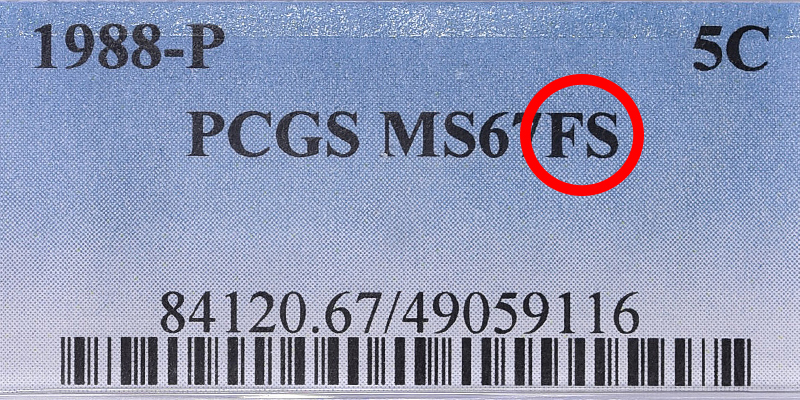
T after Grade on NGC Labels
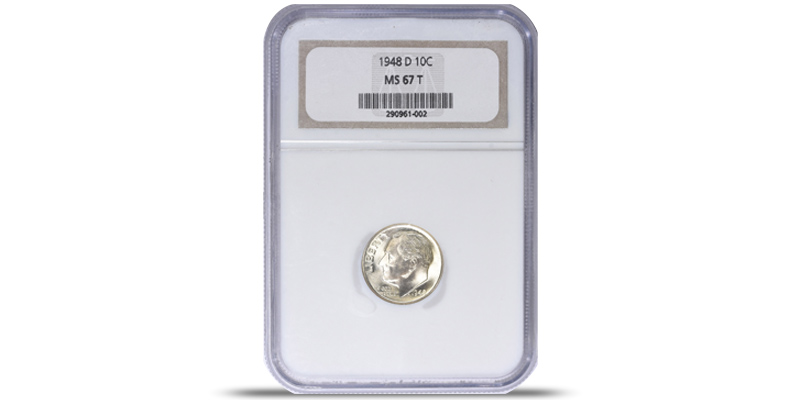
In the early 2000s, NGC trialed adding a "T" after the numerical grade on a label to denote that the coin is toned. This was discontinued after a short period, and there are collectors specifically looking for coins graded by NGC with the "T" showing (as well as "W" for coins without toning). These appear in GreatCollections auctions on a regular basis.
Token
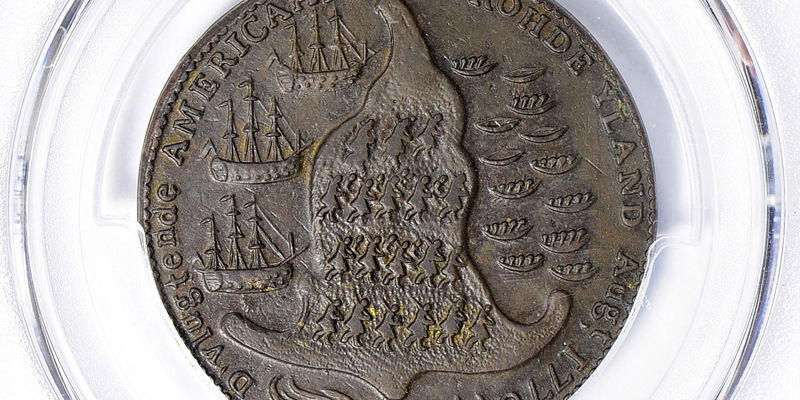
Toning (Toned)
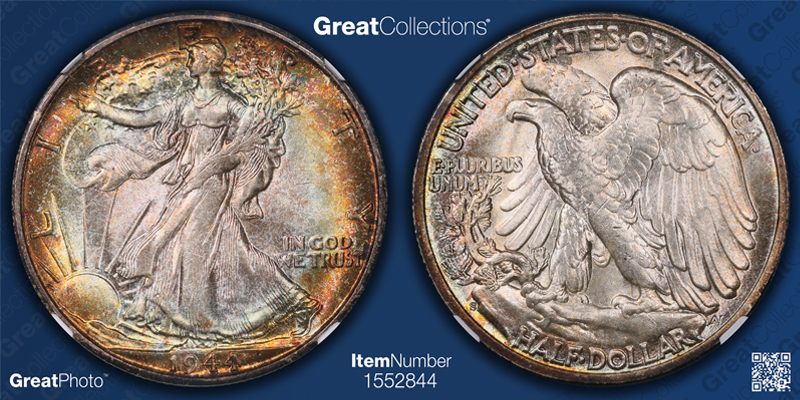
Type
Type Coin
Ultra Cameo
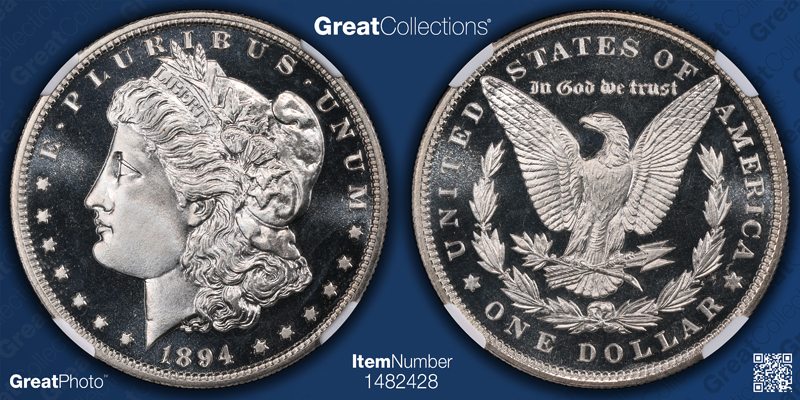
Uncirculated
US Mint
V Nickel
VAM

Variety
W after Grade on NGC Labels
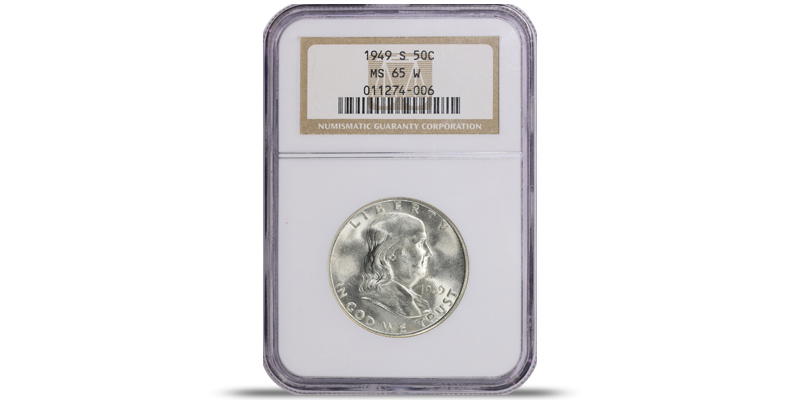
In the early 2000s, NGC trialed adding a "W" after the numerical grade on a label to denote that the coin is not toned - and is "White". This was discontinued after a short period, and there are collectors specifically looking for coins graded by NGC with the "W" showing (as well as "T" for coins with toning). These appear in GreatCollections auctions on a regular basis.
Walking Liberty
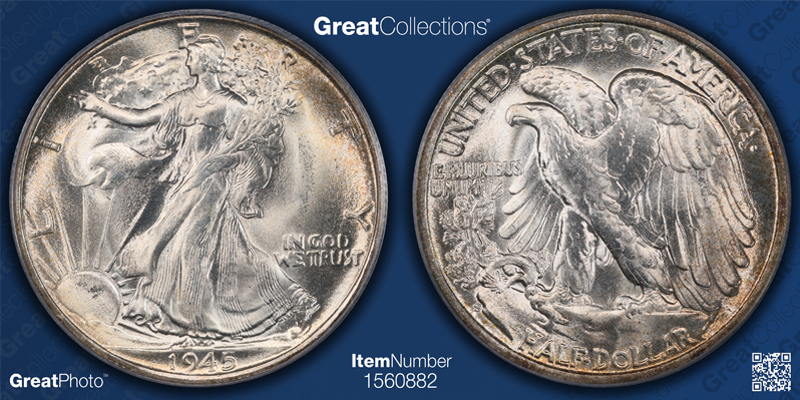
Wheat Cent

Wire Edge
XF
XRF
Year Set
Yoke
Zinc Coin
Zincoln


